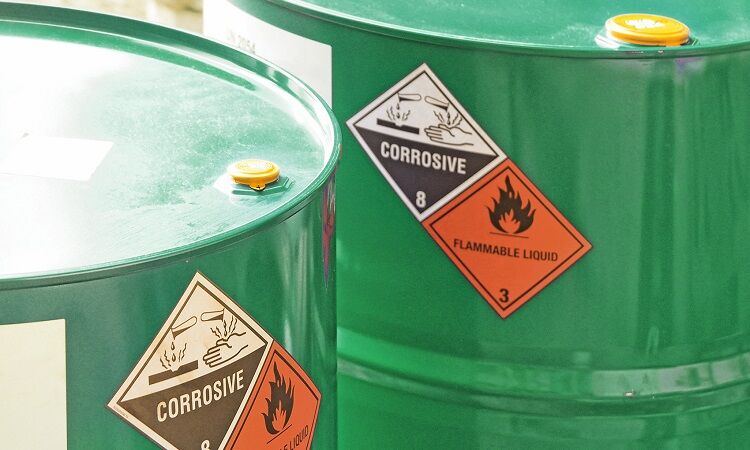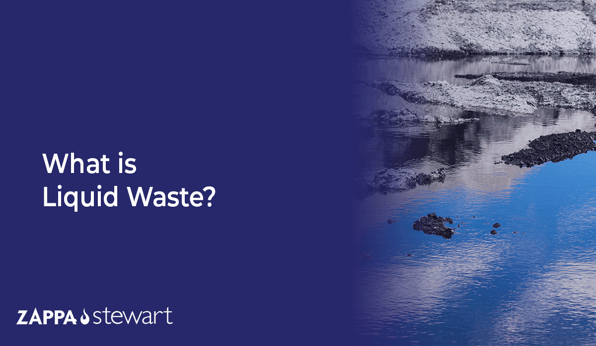Specialist Liquid Waste Removal Melbourne: Rapid and Cost Effective Providers
Specialist Liquid Waste Removal Melbourne: Rapid and Cost Effective Providers
Blog Article
Exactly How Fluid Waste Disposal Works: A Thorough Summary of Strategies and Technologies Employed

Overview of Fluid Waste Types
The complexity of fluid waste kinds demands a comprehensive understanding of their qualities and implications for disposal. Liquid waste can extensively be categorized into several kinds, including industrial, community, farming, and unsafe waste. Each category shows distinct properties, calling for details monitoring techniques to minimize environmental and health threats.
Industrial fluid waste stems from manufacturing procedures and frequently includes a range of impurities, such as heavy steels, solvents, and organic compounds. Municipal fluid waste, mainly making up wastewater from families and commercial establishments, has natural issue, nutrients, and microorganisms (industrial wastewater treatment). Agricultural liquid waste, including overflow from farms, might have plant foods, pesticides, and animal waste, positioning risks to water top quality and environments
Unsafe liquid waste is defined by its poisoning, reactivity, or potential to cause harm. This category includes substances like acids, bases, and certain chemicals that require stringent handling and disposal procedures. Comprehending these diverse liquid waste kinds is critical for developing effective disposal methods and making certain compliance with ecological regulations. Appropriate classification and characterization are important for applying ideal therapy strategies and decreasing the negative effect on public wellness and the environment.
Physical Therapy Approaches

Testing is the preliminary action, where bigger fragments and particles are eliminated from the fluid waste utilizing screens or grates. This process safeguards downstream tools from damages and makes certain smoother procedure. Complying with testing, sedimentation utilizes gravitational pressure to separate solids from liquids. In sedimentation containers, heavier bits work out near the bottom, creating a sludge layer, while the cleared up fluid can be additional treated.
Purification is another essential technique that includes passing the liquid with porous materials, such as sand or membranes, to capture smaller fragments. This action enhances the top quality of the liquid, making it ideal for succeeding therapy processes.

Chemical Treatment Methods
Chemical therapy methods are vital for successfully taking care of liquid waste, particularly in dealing with dissolved and colloidal pollutants that physical approaches might not effectively eliminate. These techniques utilize different chemical representatives to neutralize, speed up, or transform unsafe substances right into much less damaging forms.
One common approach is coagulation and flocculation, where chemicals such as alum or ferric chloride are contributed to advertise the gathering of put on hold particles. This process improves sedimentation, permitting less complicated elimination of the resulting sludge. Furthermore, oxidation procedures, using agents like chlorine or ozone, are used to damage down intricate organic substances and pathogens, providing the waste much safer for discharge or more therapy.
Neutralization is one more vital strategy, which changes the pH of acidic or alkaline waste streams to neutral levels, preventing prospective injury to downstream systems and the atmosphere. Furthermore, progressed oxidation processes (AOPs) utilize combinations of oxidants and ultraviolet light to deteriorate relentless contaminants, accomplishing a higher degree of therapy efficiency.
Biological Treatment Procedures
Biological treatment procedures play an essential duty in the management of liquid waste by utilizing bacteria to break down raw material and decrease contaminant levels. These processes can be generally classified right into anaerobic and aerobic treatments, each utilizing certain microbial communities to achieve effective waste degradation.
Cardiovascular therapy entails using oxygen to help with the malfunction of organic materials by germs. This procedure is typically executed in turned on sludge systems, where aeration containers supply a favorable environment for microbial development, bring about the oxidation of natural toxins. The resultant biomass can be separated from treated effluent through sedimentation.
On the other hand, anaerobic therapy happens in the lack of oxygen, relying upon different germs to break down raw material. This technique is specifically advantageous for high-strength waste, as it produces biogas, a renewable resource source, while minimizing sludge production. Technologies such as anaerobic digesters are often used in commercial and community applications.
Both anaerobic and cardio biological treatments not only minimize the ecological impact of fluid waste however additionally promote resource healing, making them vital elements of sustainable waste monitoring techniques. Their performance, performance, and flexibility support their extensive application throughout numerous industries.
Emerging Technologies in Disposal
Ingenious strategies to liquid waste disposal are swiftly developing, driven by improvements in innovation and an increasing emphasis on sustainability. Among these emerging innovations, membrane bioreactors (MBRs) have actually acquired traction for their ability to integrate biological therapy with membrane Bonuses layer filtering, causing high-grade effluent that can be recycled in numerous applications. MBRs enable smaller sized impacts and a lot more reliable operations compared to standard systems.
One more promising development is making use of anaerobic food digestion integrated with nutrient healing modern technologies, which not just deals with liquid waste yet also produces biogas and recovers useful nutrients like nitrogen and phosphorus. This twin benefit improves resource performance and minimizes environmental influence.
Furthermore, advanced oxidation processes (AOPs) are being embraced for the degradation of complex natural pollutants. These methods utilize effective oxidants and drivers to damage down contaminants at the molecular degree, using a very efficient remedy for tough waste streams.
In addition, the integration of artificial knowledge and machine knowing in waste management systems is optimizing operational effectiveness and predictive upkeep, bring about lowered prices and enhanced environmental conformity. These modern technologies show a considerable shift towards even more efficient and sustainable fluid waste disposal techniques.
Verdict
In verdict, reliable liquid waste disposal necessitates a thorough Recommended Reading understanding of different strategies and modern technologies. By continually progressing these techniques, it ends up being possible to address the growing challenges linked with liquid waste, ultimately adding to environmental security and source recuperation.
Liquid waste disposal is an essential facet of environmental monitoring, calling for a thorough understanding of numerous methods and innovations customized to different waste kinds. Liquid waste can broadly be classified into a number of kinds, consisting of industrial, local, agricultural, and harmful waste. Agricultural fluid waste, consisting of drainage from farms, might have plant foods, pesticides, and animal waste, posturing risks to water quality and ecological communities.
Different physical treatment approaches play a crucial duty in managing fluid waste effectively - industrial wastewater treatment.In verdict, effective fluid waste disposal demands a thorough understanding of different methods find out this here and technologies
Report this page